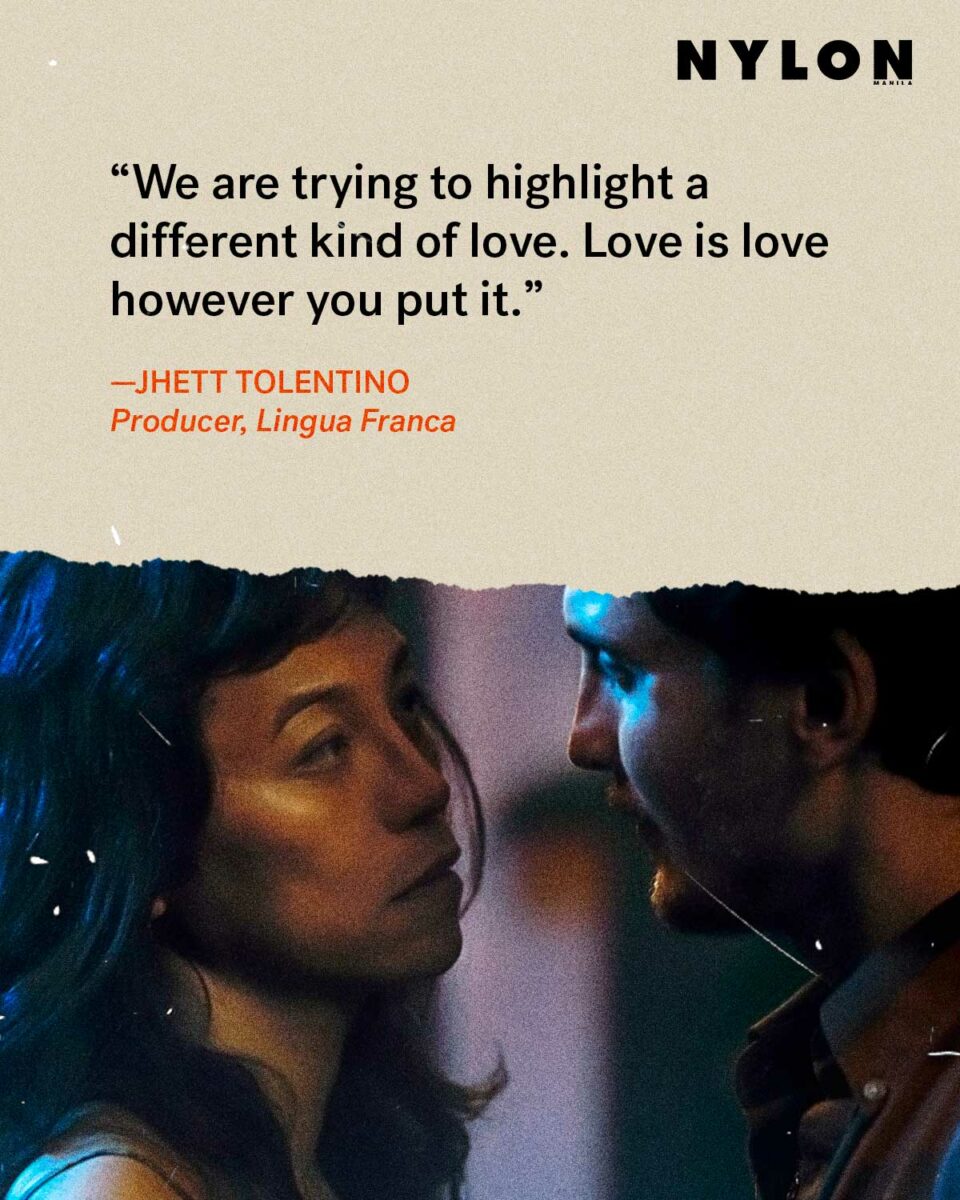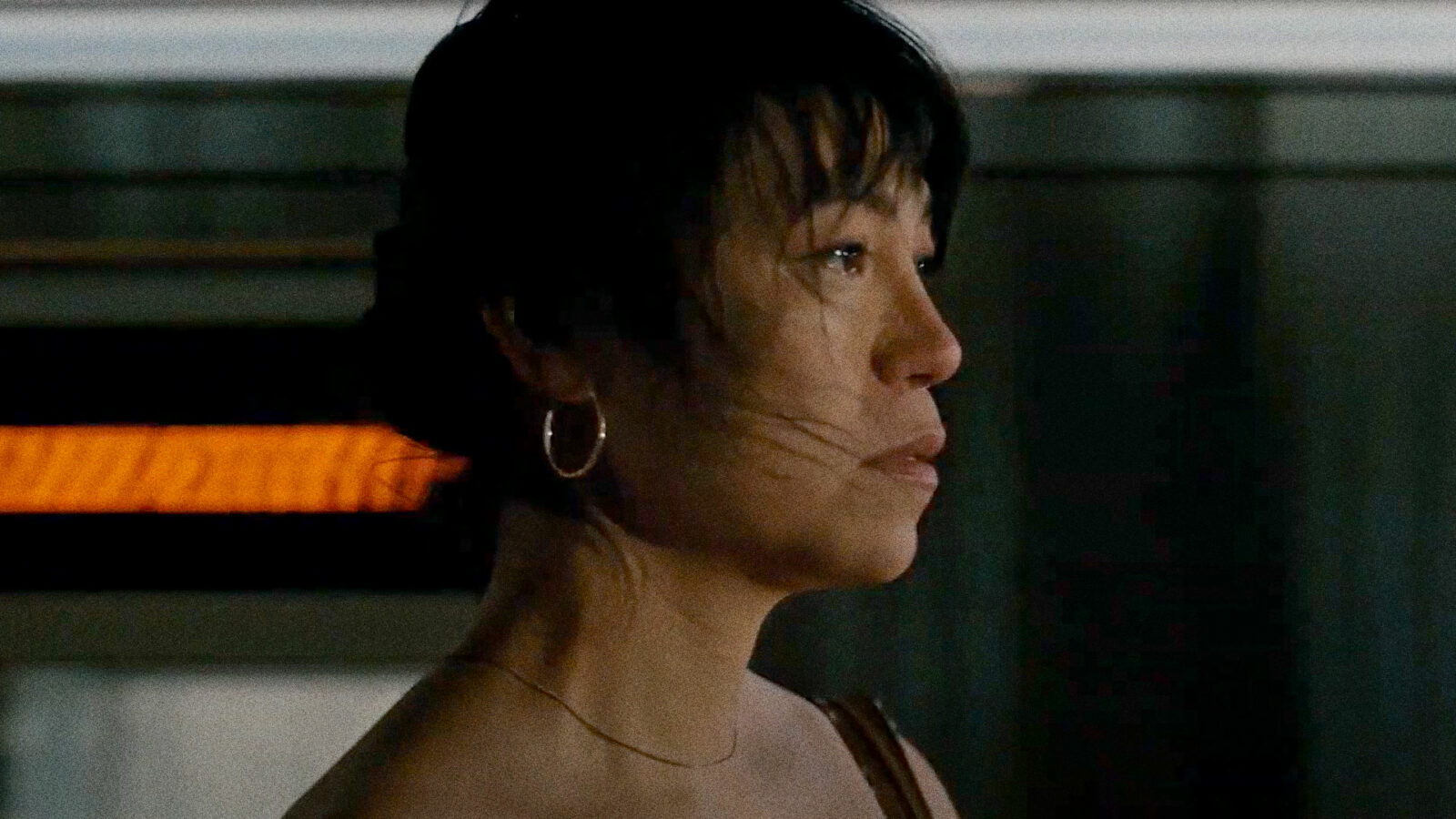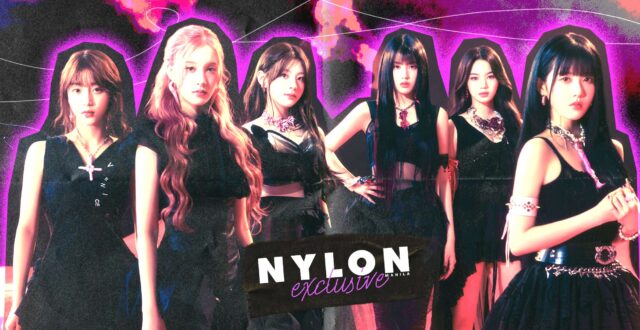The movie is a subtle yet emotional tale of a transgender Filipino immigrant trying to get by in New York City. It also serves as a reminder of why movies and the media, in general, should be more open towards welcoming marginalized and diverse voices.
RELATED: This Pioneering Transwoman Is Speaking Up Against Transphobia And The Delay Of SOGIE Bill
Over the past few years, much has been said about increasing diversity in movies and the media in general. Events such as #OscarsSoWhite and the BLM movement have highlighted the lack of diverse talents and voices in various entertainment fields. There has been this push to elevate creators of various backgrounds and identities to be able to let them tell their own stories. Lingua Franca, which recently became available to stream in the Philippines through TBA Studios’ streaming site, is definitely one of those movies that should be highlighted, not only for its quality but for steps it takes to elevate local transgender stories in cinema even further.
Lingua Franca is a strong yet understated story of someone who wants to be loved and accepted in a time of hate and division. The movie follows Olivia (Isabel Sandoval), a transgender Filipino woman from Cebu working as a caregiver for an elderly woman in New York City. By the first scene, it is made clear that Olivia isn’t living a life of her own. One of the first dialogue spoken is her mother reminding her to send money back home. Her work revolves around the care of an old lady. She lives in constant fear of being deported by ICE. Her staying in the US depends on her getting married to an American citizen. She is trying to live her own life in the US, but is constantly reminded that her life is based and dependent on other people; her mom, the old woman, and a man who doesn’t know that she is transgender.
The movie was directed, written, produced, and starred in by Isabel Sandoval, which is no small feat considering that this is just her third feature film. In the movie, her gender is a topic of discussion in the plot but not in the way that it’s the central theme. The film portrays her gender as something that is part of her, not something that makes her stand out. She is transgender, but the movie does not make it so much of an in-your-face deal and instead, portrays her as a human being going through struggles unique to her situation.

Films sometimes have a tendency to overstate the uniqueness of a certain character, which can make them feel too preachy, but in Lingua Franca, it’s just part of everyday life. Olivia is just as human as any person walking on the street. She just wants to be loved and accepted—both literally and figuratively. As stated in an interview by Lingua Franca’s producer, Jhett Tolentino, “I hope that when Pinoys watch it in the Philippines, that they could somehow put on a blindfold on gender, because we are trying to highlight a different kind of love. Love is love however you put it. But here it’s portrayed by a transwoman and a very homophobic Russian immigrant.”
With that being said though, the movie does highlight certain issues facing the transgender community in the Philippines as the country does not legally recognize trans people and can only have their birth names on their passports. The film shows that these issues have real repercussions for transgender Filipinos living in the US who want a life of their own.
One of the main issues that the movie does tackle is immigration and the unique experiences a transgender Filipino would have living in America under the Trump administration. Multiple times throughout the movie are scenes where the characters hear stories of illegal immigrants being detained by ICE. Olivia is fearful of being deported and talks about how she wants to get married so as to receive a green card and avoid deportation. The love story of Olivia is intertwined with her background as an immigrant and is an integral part of the story.
Movies like Lingua Franca are special because it tells a story of a minority through the lens of a minority. One of the best ways to tell stories of the marginalized in cinema is through creators who come from those marginalized communities. Spaces that were once dominated by a handful of narratives are now slowly opening up to different viewpoints. Media and the arts shine best when it’s open to creators and voices from all walks of life and movies are a big example. Diversity is not a distraction, but a benefit. Movies have long been accused (and rightly so) of portraying certain people and backgrounds in a racist or insensitive manner so it’s important to have different voices be amplified and recognized. We get
more movies that more people can relate to or get educated by.
Isabel Sandoval is the first openly trans woman of color to compete at the 2019 Venice International Film Festival Venice Days program and Lingua Franca has received positive reviews, which shows that there is an appetite for these truths. The movie’s success shows that there is so much potential for marginalized storytellers and creators. That level of understanding is what guides the film’s emotional core, that Olivia wants to be loved and accepted. You don’t have to look far if you want to experience narratives about marginalized communities from people with diverse backgrounds. Philippine cinema has its fair share of movies that highlight
underrepresented voices. From the groundbreaking Ang Pagdadalaga ni Maximo Oliveros (2005) which is about a young gay boy falling in love with a policeman, to the more recent Mamu: And a Mother Too (2018), which is about a transgender sex worker who has to take care of her niece.
In the end, Lingua Franca is not here to scream and shout that its star is transgender but to tell a story of a woman who wants to live a good life. It’s great to see movies like Lingua Franca that offer a different viewpoint on an often overlooked or misrepresented part of society. The movie is just the latest example of why diversity matters, especially in the field of media and entertainment.





